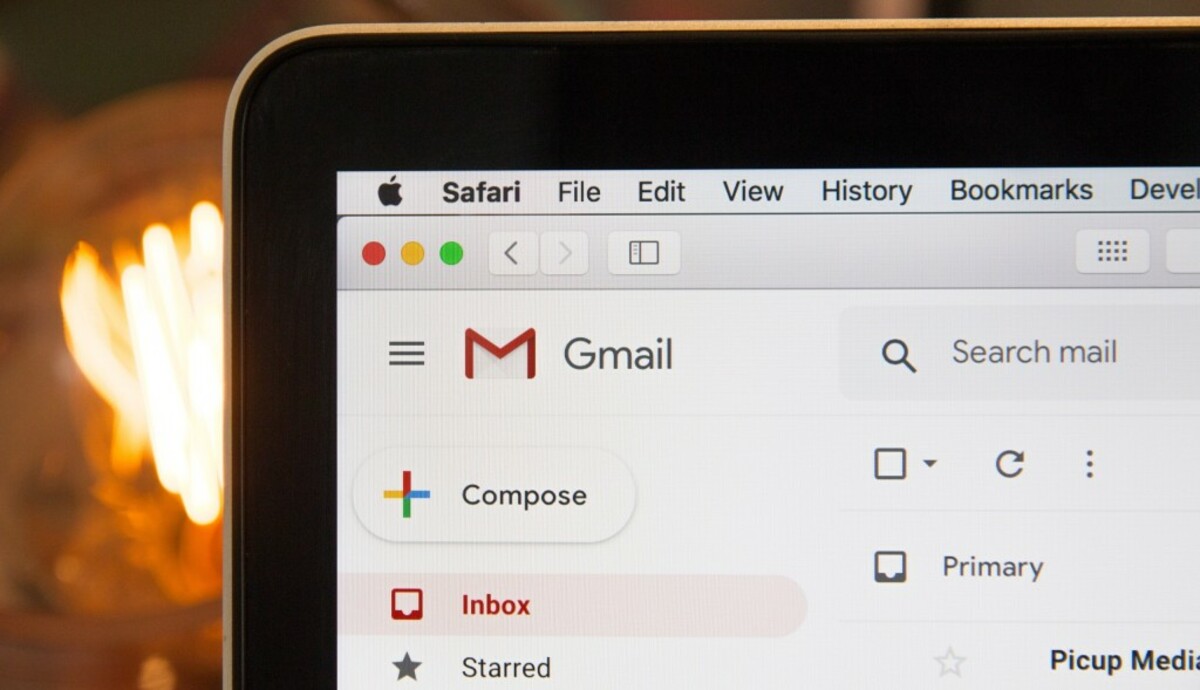An email drip campaign refers to a sequence of messages sent in an order and at a set time. Each email in a drip campaign is unique and builds upon the ones that precede it. Every email is strategically planned to incite a specific action from the recipient. So how do you do it?
What is a drip campaign?
Drip campaigns can be simple, especially if you use an email marketing service or marketing automation software to create them. A trigger is a user’s abandonment of their online shopping cart or signing up for your email newsletter. This will allow you to create an email that will be sent automatically to those users who have taken action.
To ensure that your email content is as targeted as possible, you can segment your email list.
“Drip campaigns are a great way to stay top of mind with your current and potential clients,” said Sir Sanju Ganglani, founder of AskUsForAnything.com. It allows you to send relevant content to their interests, prompting purchases or referrals.
6 steps to an email drip campaign that works
1. Identify your goal
Let’s start with the basics. How can you make sure you know what you want? Are you looking to build your email list? How can you get them to purchase your product? Another thing? Make sure to be specific about your end goal to measure it. Most top-line email metrics only measure what is important, so email testing can be challenging.
You should at least tag all links in emails with the UTM parameter to ensure that Google Analytics receives data about your in-email behavior. UTM parameters allow data to be passed between email campaigns and Google Analytics.
2. It is important to know what’s in your emails
Having an email drip program won’t make a difference. It is important to have great content in those emails. You will get poor results if you send bad emails. Your drip campaign could backfire if the emails aren’t of any value. People will view it as spam and convert less frequently than if you did nothing.
Your newsletter isn’t being read by most of your subscribers. Your users are simply scanning the information. Make your newsletter easy to scan with bold sections, subheads, etc.
Great emails are easy to scan and add value. You will have to incorporate concise copy, numbering subheads, and simple design. Great email copywriting can be as important as great landing and product page copywriting.
3. Give the information necessary to help leads make a decision
Before you begin creating content for your drip campaign, think about the following: What information do my prospects need to take the action I want? If your goal is to get your subscribers to use your SaaS product, you might create emails that explain the functionality and show case studies of how others have used it with great success.
If you want to sell something, your goal should be to build trust and credibility. This can be done by giving them something to do, answering their questions (removing friction), or showing them how your product helps them reach their goals.
4. You can set the frequency and timing
Once you have a clear idea of what you want and you’ve created the emails that you wish to send, it’s time for you to decide the frequency and timing. There is no universal rule. It would help if you began with a higher frequency and then slowed down as the time passed. Start with daily, then every few weeks, then once per month.
Check your newsletter statistics to determine if any given time has higher open rates. Despite what many blog posts may claim, there is no “best” time for sending an email.
Email drip campaigns can be sent to those who have been on your mailing list for a while. These campaigns (email drip campaigns, daily, weekly, and monthly) can help keep your brand in the forefront of mind for subscribers ready to take action.
Send an email for:
- Quarterly updates
- Holiday campaigns
- Monthly invoices
- An annual subscription notice
- Anything else that will keep subscribers informed and engaged
5. Segment your campaigns

Segmentation can increase the effectiveness and efficiency of your campaigns. You can create multiple campaigns, although most content should remain the same. However, tailor each campaign to specific segments to address their needs and concerns.
You can, for example, create landing pages to target different campaigns and acquire leads (i.e. emails). The page the user signed up on can be used to create drip emails.
6. Take measurements
Always think of your bottom line and the number of clicks that your landing pages have received. To drive traffic to your sign-up page, you need to measure how much traffic you receive from drip campaigns and analyze the conversions.
Conclusion
It’s easy to set up a drip-email campaign, but it can be more difficult to make it work. What works for one company might not work for another or two segments of the same company.
While it is helpful to review best practices and key elements and tools that can help you create successful drip email campaigns, you have to tweak your strategy and execute to achieve your goals and increase your sales.


